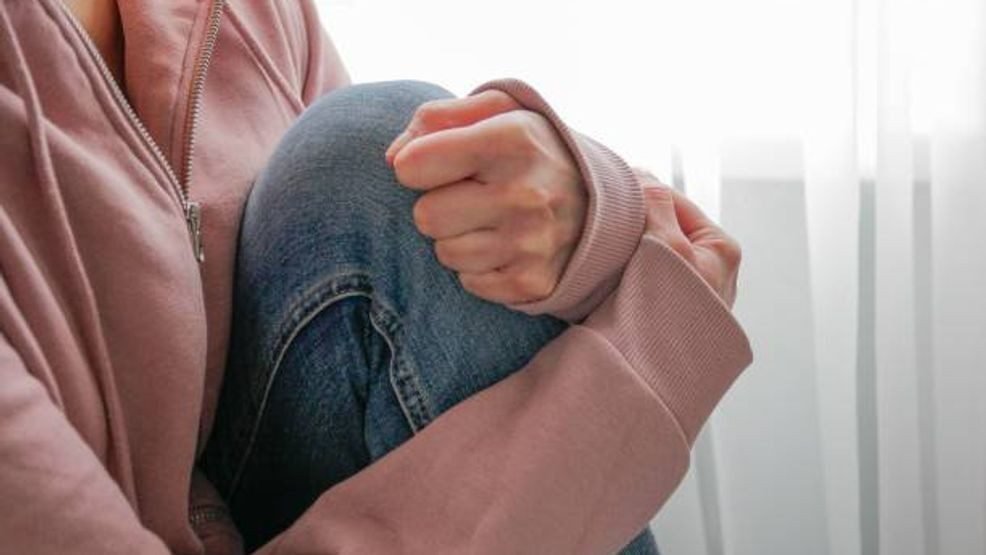SAN ANTONIO — SAN ANTONIO — Human trafficking remains a hidden crisis, with many victims vanishing from their communities and undergoing drastic changes in appearance.
Lori Wittmeyer, case intake manager with Search and Support San Antonio, highlighted the transformative impact of trafficking on victims, saying, “Could change their hair. It could change their body. They could lose weight, or perhaps become malnourished, and then be more bloated. So the changes are remarkable.”
Advancements in artificial intelligence now allow for the creation of digital images that predict how victims might look today, similar to age progression videos. Wittmeyer explained, “We do the same thing. We look at how their appearance could change.”
This technology brings hope to families, though it may not always be precise. “You could be walking past them every day and not have an idea of what their appearance was a year ago or two years ago, even six months ago now,” Wittmeyer said.
One such case is Jeanie Chavez, a young mother last seen in July of last year, believed to have fallen victim to human trafficking. AI-generated photos show how she might look today. Her daughters are left wondering, “Why mommy’s not calling them?”
The tool is also aiding in missing persons cases, such as that of Cecilia Huerta Gallegos, who disappeared in 2019. A video featuring her AI-generated likeness states, “My story needs to be heard and shared worldwide until my beloved children and family can give me a proper burial and I can finally rest in peace.”
Her sister shared the emotional impact of the video, saying, “It’s hard. It’s tough. When I saw the video, I cried. I’m like, I can’t believe she’s speaking and saying her story.”
The Bexar County Sheriff’s Office is exploring AI technology designed to protect youth from sexual exploitation, aiming to bring attention to these critical cases.










